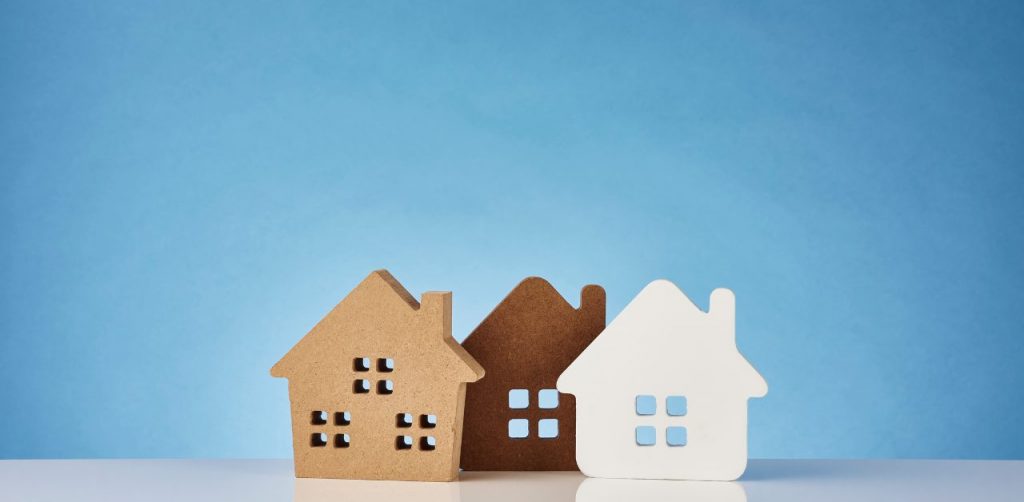
Finding qualified participants for an in-home usage test (IHUT) study is a critical, yet challenging task of this type of market research project.
There is a lot of trust that goes into selecting the right people to test your product without the supervision or guidance of a focus group moderator.
To help make this goal of increasing participation in an IHUT market research study a little less daunting, Drive Research shares our step-by-step approach below.
Our in-home usage test company was recently hired to execute a study to gather feedback for a cream designed for women.
We achieved a 96% participation rate.
Here’s how we did it.
The Objectives of the In-Home Usage Test Study
Recently, Drive Research was hired to conduct an IHUT market research project.
The goal of the study was to gather feedback for a cream designed for women.
The brand wanted to understand feedback on the product, likes, dislikes, and gather insights for messaging and grow the product among consumers.
Ultimately, the brand wanted to use the results to help fuel the next steps in operations, marketing, and strategy.
The Approach to the IHUT Project
To address the objectives at hand, our market research company recommended using in-home usage tests (IHUTs).
This approach gave the client an opportunity to trial the product in the natural environment.
The audience was required to answer an online survey after the 2-month testing period.
Recommended Reading: The Ultimate Guide to Conducting In-Home Usage Tests
Recruiting for the In-Home Usage Test Study
Drive Research recruited for the IHUTS and obtained a mix of participants across the United States.
Our team of senior market research professionals focused on recruiting a mix of females within the brand’s target audience.
Participants were screened to ensure they are committed to participating and met additional targeting criteria.
To increase participation in an in-home usage test study, our market research firm recommends following the approach outlined below.
Step 1: Screen the participants through a series of surveys
First, participants were pre-screened through an online survey.
This survey asked basic behavior and demographic questions to collect a wide enough sample of potential participants.
Next, it is best to rescreen qualified people by phone to ensure they meet all qualifying criteria.
The re-screening phone call ensures participants:
- Are invested in the research
- Understand what is required
- Are honest about the responses submitted via the online survey
Those that passed the criteria checks in this stage are asked to participate in the study.
They then receive a confirmation email followed by a requirement to reply-back yes.
Step 2: Mailing the Product for Participants to Test
After participants were recruited, the client mailed the product to participant households.
Drive Research supplied the name and address for each product shipment.
In addition to shipping the product, our market research firm included a printable instructions sheet.
The instruction sheet shares guidelines and steps the participants must follow.
For this particular study, the instructions asked people to:
- Use the product over the next 2-months.
- Respond to the follow-up survey at the end of the study.
- Further requirements to receive the gift card (the incentive for participating).
Step 3: Sending reminder notifications
This last step is critical in increasing full participation in an in-home usage study.
First, send participants a reminder email after the product is shipped.
Drive Research also recommends sending email, text, and phone call reminders as needed to ensure as many participants as possible respond to the survey evaluation.
This rigorous follow-up process ensures the highest possible completion rate on the follow-up surveys.
Recommended Reading: 5 Tips to Recruit Participants for Qualitative Market Research
Pro Tip: Send a Follow-Up Survey for an IHUT Project
Drive Research developed a series of survey questions to ask the participants following the IHUT project.
The survey included a combination of selection responses, open-ended comments, and other question types.
Our IHUT market research company also explored video responses to allow respondents to record their feedback instead of written answers.
On average, completion rates for IHUT studies range from 70% to 90% completion rates.
In other words, if 100 participants are recruited, you can expect 70 people to complete the follow-up survey.
Drive Research processed a $30 gift card to those who completed the follow-up survey with the necessary detail and quality.
Participants also received the product as part of the compensation for their time and feedback.
Results of the In-Home Usage Test
Ultimately, the IHUT follow-up survey received 96 responses. The response rate was 96%, which is extremely high.
The follow-up survey took an average of 11 minutes to complete and included 29 questions.
Fieldwork for the survey began on January 5 and lasted until January 15, 2020.
The IHUT results were compiled into a topline report.
The topline report included:
- Background and methodology
- An executive summary with themes
- Recommendations with insight-driven action items
Lastly, a reporting portal that tabulates real-time responses using charts and graphs was also provided.
For context, results from the portal can be exported into Excel, PDF, PowerPoint, or Word.
Interested in learning more about in-home usage tests? Watch this 60-second video.
Contact Our In-Home Usage Test Company
Drive Research, a full-service market research firm, partners with brands across the country to execute in-home usage tests. From recruitment to reporting, our team can help collect valuable feedback to drive product innovation and strategy.
Interested in conducting an IHUT with Drive Research? Contact us today!



